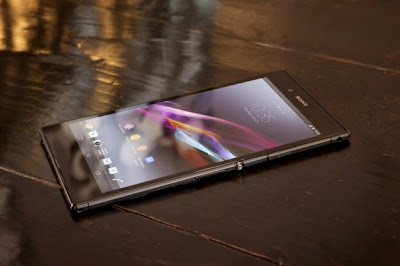HTC has announced the HTC One mini, a compact version of its
flagship smartphone, the HTC One. HTC One Mini runs Android 4.2.2 Jelly Bean
and HTC Sense 5, and the software experience is the same as on the HTC One.
The HTC One mini sports a 4.3-inch display with a resolution
of 1280x720 pixels and pixel density of 341 ppi. It’s a great-looking screen,
with rich colors, a high maximum brightness level and wide viewing angles. The
Mini is powered by a Snapdragon 400 dual-core CPU, clocked at 1.4 GHz, and
backed up by 1 GB of RAM. The One Mini also packs 16 GB of internal storage, of
which around 12 is available for your own stuff.
The rear camera is a 4-megapixel “Ultra pixel” shooter — the
same unit used in other HTC phones, including the full-sized One. The phone's
front and sides are made of poly-carbonate, while its back is made of aluminum,
unlike the HTC One which is made entirely from aluminum barring the glass
display.
The camera and gallery apps represent another important
pillar of the HTC Sense experience, and they've made the transition across to
the HTC One Mini.
HTC One Mini
vs. the HTC One

Both the phones run on the same versions of software and HTC
sense. The usability features, like connectivity, sensors and camera
specifications and options are almost identical.
But there are three major omissions — first, there's no
OIS (Optical image stabilization), which means photos will be more
vulnerable to shaking. Next, there's no IR blaster, meaning you can't control
your TV using the phone. Finally, there's no NFC support.
The internal hardware of the Mini is a step down from the
full HTC One — a dual-core Snapdragon 400 at 1.4 GHz versus a quad-core
Snapdragon 600 at 1.7 GHz. There's half the RAM, at 1 GB versus two, and half the
base storage, at 16 GB versus 32. Despite this, performance in day-to-day tasks
is virtually identical on the Mini.
For casual users the HTC One Mini is a well built and great
performing phone but for power users the big brother HTC One wins the game.












.jpg)


















